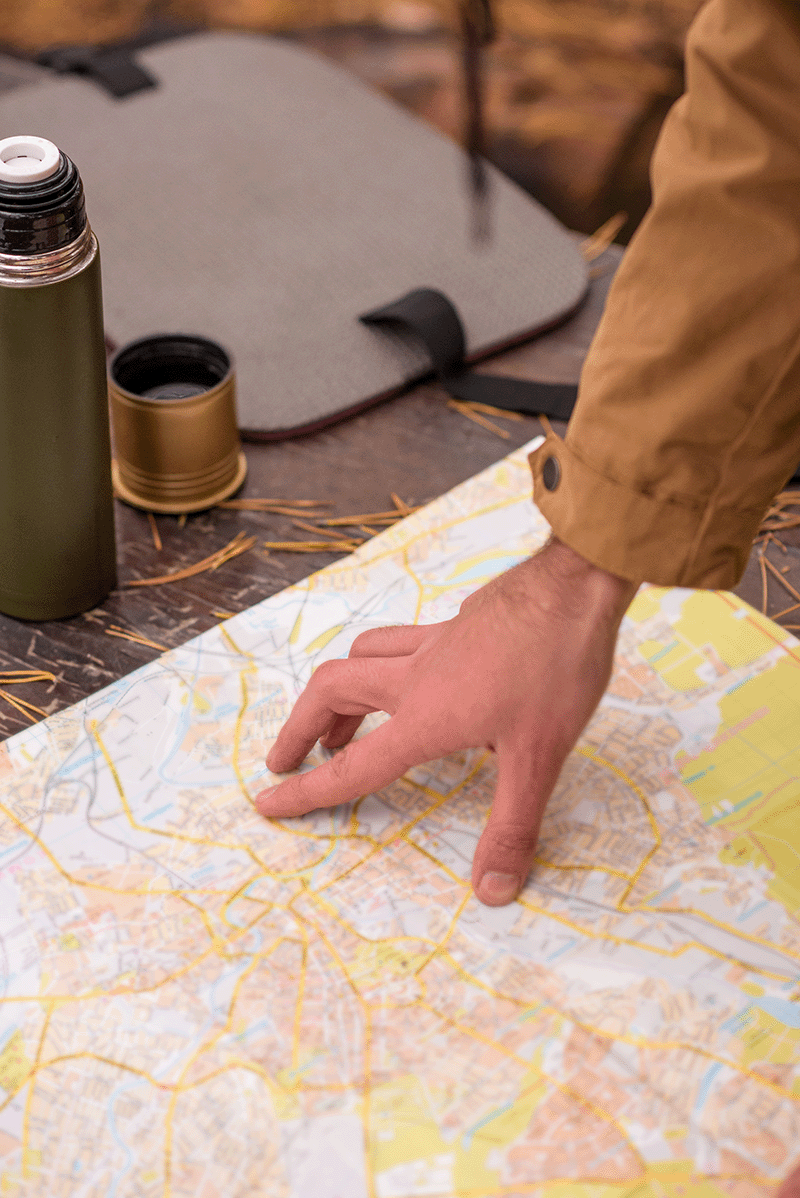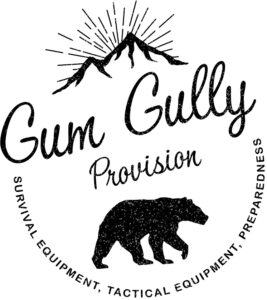
Hunt Planning – Imagine the thrill of the hunt, where every step you take in the wilderness brings you closer to your quarry. Planning a hunt involves more than just hitting the trail with your gear. It’s about meticulous preparation, understanding your environment, and ensuring a successful and ethical experience. This guide is crafted for hunters, outdoor enthusiasts, and adventure seekers who want to elevate their hunting trips from ordinary to extraordinary. We’ll cover everything from selecting the right location to the final steps of your hunting expedition. Ready to become a master hunter? Let’s begin.
Understanding the Basics of Hunt Planning
What is Hunt Planning?
Hunt planning refers to the comprehensive preparation process before embarking on a hunting trip. It encompasses various aspects such as choosing your hunting grounds, obtaining necessary permits, gearing up with the right equipment, and ensuring safety measures are in place. For outdoor enthusiasts, this step is crucial to ensure a smooth and enjoyable experience in the wild.
Why is Planning Essential?
Planning is essential because it sets the foundation for a successful hunt. Without proper preparation, you risk encountering unforeseen challenges that could compromise your safety and the success of your hunt. From ensuring you have the right gear to understanding the behavior of your target species, planning reduces uncertainties and enhances your overall hunting experience.
The Impact of a Well-Planned Hunt
A well-planned hunt increases your chances of success, improves safety, and ensures ethical hunting practices. It also allows you to immerse yourself fully in the experience, enjoying the beauty of nature without unnecessary stress. Proper planning transforms the hunt from a mere activity into an enriching adventure that aligns with the principles of conservation and respect for wildlife.
Choosing the Right Hunting Location
Researching Potential Hunting Grounds
Selecting the right location is the first step in planning your hunt. Research various hunting grounds to understand the type of game available, the terrain, and the regulations. Online resources, hunting forums, and local wildlife agencies can provide valuable insights into the best hunting spots.
Understanding Local Regulations
Every hunting area has specific regulations regarding hunting seasons, permissible weapons, and licensing requirements. Familiarize yourself with these rules to avoid legal issues and ensure a respectful approach to wildlife. Contact state wildlife agencies or visit their websites for detailed information on hunting regulations in your chosen area.
Considering Accessibility and Terrain
The accessibility and terrain of your hunting location are critical factors. Consider how easy it is to reach the area and whether the terrain matches your physical capabilities and hunting style. Whether you prefer dense forests, open plains, or mountainous regions, choose a location that aligns with your comfort level and hunting skills.
Selecting the Right Gear and Equipment
Essential Hunting Gear
Your hunting gear can make or break your hunting trip. Essential items include a reliable firearm or bow, appropriate ammunition, and a sharp knife. Additionally, invest in quality binoculars, a GPS device, and a durable backpack to carry your supplies.
Clothing and Footwear
Hunting often involves long hours in varying weather conditions. Choose clothing that provides comfort, warmth, and camouflage. Layering is key to adjusting to temperature changes. Sturdy, waterproof boots are essential to protect your feet from rough terrain and keep them dry during wet conditions.
Advanced Hunting Technology
Modern technology has revolutionized hunting. Consider using trail cameras to monitor animal activity, rangefinders for accurate distance measurement, and two-way radios for communication with your hunting party. These tools enhance your hunting efficiency and provide valuable data for future hunts.
Understanding Your Prey
Studying Animal Behavior
Understanding the behavior of your target species is crucial for a successful hunt. Study their feeding patterns, mating habits, and movement during different times of the day. This knowledge helps you anticipate their actions and increases your chances of a successful encounter.
Identifying Signs of Your Prey
Learn to identify tracks, droppings, and other signs left by animals. These indicators provide clues about their presence and movements. Spend time observing these signs in the wild to hone your tracking skills and improve your ability to locate your prey.
Using Calls and Lures
Calls and lures are effective tools for attracting game. Learn the specific calls for your target species and practice them to perfection. Similarly, use scents and decoys to lure animals into your hunting area. Mastering these techniques requires practice but can significantly enhance your hunting success.
Securing Necessary Permits and Licenses
Understanding Permit Requirements
Different regions require specific permits and licenses for hunting. Research the requirements for your chosen location and ensure you obtain all necessary documents. This step is vital to avoid legal complications and ensure a smooth hunting experience.
Applying for Hunting Licenses
Apply for your hunting licenses well in advance of your trip. Some areas have limited quotas for certain game species, and licenses can sell out quickly. Check deadlines and apply early to secure your spot.
Keeping Documentation Handy
Always carry your permits and licenses with you during your hunt. Keep them in a waterproof pouch to protect them from the elements. Being prepared with the right documentation ensures you can focus on your hunt without worrying about compliance issues.
Safety Measures and First Aid
Basic Safety Tips
Safety should be your top priority during a hunt. Always inform someone of your hunting location and expected return time. Use blaze orange clothing to increase visibility to other hunters and avoid accidents. Follow firearm safety rules and handle your weapon responsibly.
First Aid Essentials
Carry a well-stocked first aid kit tailored to the wilderness. Include items such as bandages, antiseptics, pain relievers, and any personal medications. Knowing basic first aid skills can be lifesaving in case of an injury.
Emergency Preparedness
Prepare for emergencies by knowing the location of the nearest medical facilities and having a plan for evacuation if necessary. A charged mobile phone with emergency numbers programmed in can be a crucial lifeline. Familiarize yourself with the terrain to avoid getting lost.
Preparing for the Trip
Packing Smart
Pack efficiently by listing all essential items and double-checking before departure. Avoid overpacking, but ensure you have all necessary gear, clothing, and supplies. A well-organized pack allows for easy access to items when needed.
Physical Conditioning
Hunting can be physically demanding. Ensure you are in good physical condition by incorporating regular exercise into your routine. Cardiovascular training, strength exercises, and flexibility workouts will prepare your body for the rigors of hunting.
Mental Preparation
Mental preparedness is equally important. Stay focused, patient, and adaptable. Visualize different hunting scenarios and plan your responses. A calm and composed mindset will help you make better decisions in the field.
Setting Up Camp
Choosing the Right Campsite
Select a campsite that provides safety, access to water, and proximity to your hunting area. Avoid setting up camp in low-lying areas that may flood or near potential hazards like cliffs or dense bear territory.
Essentials for a Comfortable Stay
Ensure your campsite is equipped with a sturdy tent, sleeping bag, and cooking equipment. Pack enough food and water for the duration of your stay. Consider bringing a portable stove for cooking and a lantern for illumination.
Leave No Trace Principles
Practice Leave No Trace principles to minimize your impact on the environment. Pack out all trash, avoid damaging vegetation, and respect wildlife. Leaving the area as you found it ensures the wilderness remains pristine for future hunters.
Techniques for a Successful Hunt
Spot and Stalk Method
The spot and stalk method involves spotting game from a distance and then quietly stalking closer for a shot. This technique requires patience, keen observation, and stealth. Use binoculars to scan the area and move slowly to avoid alerting your prey.
Still Hunting
Still hunting involves moving slowly and quietly through the hunting area, pausing frequently to observe and listen for game. This method is effective in dense forests where visibility is limited. Wear soft clothing to minimize noise and stay alert to your surroundings.
Use of Hunting Blinds
Hunting blinds provide concealment and allow you to remain stationary while waiting for game to approach. Set up blinds near water sources, feeding areas, or known animal trails. Ensure the blind blends with the environment to avoid detection.
Ethical Hunting Practices
Respect for Wildlife
Ethical hunting involves respecting wildlife by adhering to hunting regulations, using humane methods, and ensuring a quick and clean kill. Avoid taking shots unless you are confident in hitting your target accurately.
Conservation Efforts
Hunters play a vital role in conservation efforts. Support initiatives that protect habitats and maintain healthy wildlife populations. Participate in programs that promote sustainable hunting practices and contribute to conservation funds.
Hunting Etiquette
Follow hunting etiquette by respecting other hunters, not crowding hunting areas, and sharing information about game sightings. Ethical behavior fosters a positive hunting community and ensures a respectful experience for all.
Post-Hunt Procedures
Field Dressing Game
Field dressing is the process of removing internal organs from the harvested animal to preserve meat quality. Learn proper field dressing techniques to avoid contaminating the meat. Use sharp knives and follow safety guidelines.
Transporting and Storing Meat
Transport meat in a clean, cool environment to prevent spoilage. Use game bags and coolers with ice packs to keep the meat fresh. Process the meat as soon as possible and store it in a freezer or refrigerator.
Sharing the Experience
Share your hunting experience with others by documenting your trip through photos and stories. Join hunting forums and social media groups to connect with fellow hunters. Sharing knowledge and experiences enriches the hunting community.
Conclusion
Planning a hunt is an intricate process that requires careful preparation, respect for wildlife, and a commitment to safety. By following the steps outlined in this guide, you can transform your hunting trips into successful and fulfilling adventures. Whether you’re a seasoned hunter or a novice, mastering the art of hunt planning will enhance your outdoor experiences and create lasting memories. Ready to take your hunting skills to the next level? Start planning your next hunt today and discover the thrill of the chase in the great outdoors.
Products:
12 Gauge Dragon’s Breath Shot Gun Ammunition
Videos:
